Ethereum (ETH) is the second-largest cryptocurrency by market capitalization, and it serves as the foundation for a wide array of decentralized applications (dApps), smart contracts, and decentralized finance (DeFi) protocols. Ethereum is often seen as a platform for building decentralized systems, enabling developers to create and deploy a wide range of applications without relying on centralized authorities.
Key Aspects of Ethereum (ETH)
1. What is Ethereum?
- Ethereum is an open-source, blockchain-based platform that enables smart contracts and decentralized applications (dApps) to be built and run without any downtime, fraud, control, or interference from a third party.
- Unlike Bitcoin, which is mainly used as a digital currency, Ethereum was designed with a broader scope and can be used for a wide range of use cases, including decentralized finance (DeFi), NFTs (non-fungible tokens), and supply chain management, among many others.
2. Ethereum’s Blockchain
- Ethereum’s blockchain is decentralized, meaning no single entity has control over it. Instead, it’s maintained by a distributed network of computers (known as nodes).
- The Ethereum blockchain is a public ledger, meaning all transactions and data stored on the blockchain are transparent and accessible to everyone, but they are also cryptographically secured to ensure data integrity and privacy.
3. Ether (ETH) – The Native Cryptocurrency
- Ether (ETH) is the native cryptocurrency of the Ethereum network. It is used as “gas” to pay for transactions and computational services on the Ethereum network.
- Ether is also used to reward participants (miners and validators) who contribute to the network by verifying and processing transactions.
- Unlike Bitcoin, which has a capped supply of 21 million coins, Ether’s supply is not fixed, though Ethereum 2.0 (the network upgrade) introduces mechanisms that will potentially reduce the inflation rate over time.
4. Smart Contracts
- One of Ethereum’s most important innovations is the smart contract. Smart contracts are self-executing contracts with the terms of the agreement directly written into code. They are automated, transparent, and immutable once deployed.
- Smart contracts enable decentralized applications (dApps) to operate autonomously without intermediaries, reducing costs and increasing trust.
5. Decentralized Applications (dApps)
- dApps are applications that run on a blockchain or decentralized network, rather than being hosted on centralized servers.
- Ethereum is the most widely used blockchain for building dApps because of its smart contract functionality and robust developer ecosystem.
- Some of the key areas where dApps are thriving include decentralized finance (DeFi), NFT platforms, gaming, and identity verification.
6. Ethereum Virtual Machine (EVM)
- The Ethereum Virtual Machine (EVM) is the environment in which all smart contracts and dApps on the Ethereum network are executed. It acts as a virtual computer that runs the Ethereum software and ensures that all transactions and contracts are executed correctly.
- The EVM is a key reason why Ethereum is so versatile—developers can write applications in various programming languages that are compatible with the Ethereum network, and these applications will run the same way across all Ethereum nodes.
7. Proof-of-Work to Proof-of-Stake (Ethereum 2.0)
- Ethereum originally used a Proof-of-Work (PoW) consensus mechanism, similar to Bitcoin, which required significant computational power and energy to validate transactions and secure the network.
- However, Ethereum is transitioning to Proof-of-Stake (PoS) with the Ethereum 2.0 upgrade. In PoS, validators replace miners, and instead of solving complex mathematical puzzles, validators are chosen to create new blocks based on the amount of ETH they stake as collateral.
- Ethereum 2.0 aims to make Ethereum more scalable, secure, and energy-efficient, addressing key concerns like high gas fees and the environmental impact of mining.
8. Scalability and Layer-2 Solutions
- Ethereum faces challenges related to scalability—the ability to handle a large volume of transactions without causing network congestion and high fees.
- To address these challenges, several Layer-2 solutions have been developed. These are secondary protocols built on top of Ethereum to improve scalability without compromising security.
- Examples of Layer-2 solutions include Optimistic Rollups, ZK-Rollups, and other scaling technologies like Polygon.
- Ethereum 2.0’s shift to Proof-of-Stake also aims to improve scalability by reducing block times and increasing throughput.
9. Ethereum 2.0 (The Merge)
- Ethereum 2.0 represents a major upgrade to the Ethereum network. The most significant event in the Ethereum 2.0 transition is called The Merge, where Ethereum’s PoW system was replaced by PoS.
- The Merge happened in September 2022, and it marked the first step in Ethereum’s journey toward becoming a more scalable, energy-efficient, and sustainable blockchain platform.
- Future upgrades to Ethereum 2.0 will further enhance scalability, including the implementation of sharding, a technique that splits the blockchain into smaller pieces, enabling more transactions to be processed in parallel.
10. Use Cases of Ethereum
- Decentralized Finance (DeFi): Ethereum is the leading platform for DeFi, which includes lending, borrowing, trading, and yield farming without intermediaries like banks. DeFi platforms on Ethereum include Uniswap, Aave, MakerDAO, and more.
- NFTs (Non-Fungible Tokens): Ethereum is the primary blockchain for creating, buying, and selling NFTs, which are unique digital assets that represent ownership of art, collectibles, and other digital items. Popular NFT marketplaces like OpenSea are built on Ethereum.
- DAOs (Decentralized Autonomous Organizations): Ethereum also supports DAOs, which are organizations that are run by smart contracts rather than central authorities. DAOs enable decentralized governance, where token holders can vote on decisions regarding the future of the project.
- Enterprise Use Cases: Ethereum has also found applications in industries like supply chain management, insurance, healthcare, and identity verification, where businesses are building on Ethereum to streamline operations and enhance transparency.
Advantages of Ethereum
- Smart Contract Capability: Ethereum allows for the creation of smart contracts, which enable decentralized applications (dApps) to function without third-party intermediaries.
- Strong Developer Ecosystem: Ethereum has one of the largest and most active developer communities, which continuously innovates and builds new projects.
- Security: Ethereum’s decentralized nature and the use of cryptographic techniques make it highly secure and resistant to censorship.
- Wide Adoption: Ethereum is the most widely adopted blockchain for DeFi, NFTs, and other blockchain applications.
- Ethereum 2.0: The ongoing Ethereum 2.0 upgrade is set to increase scalability and energy efficiency, addressing some of the key challenges faced by the original Ethereum network.
Challenges Facing Ethereum
- Scalability Issues: Ethereum has faced challenges related to network congestion and high gas fees during periods of high demand.
- Transaction Fees (Gas Fees): The Ethereum network has often experienced high gas fees, especially during periods of network congestion, which can make it expensive to send transactions or interact with dApps.
- Environmental Concerns: Ethereum’s original PoW system was criticized for its environmental impact due to the high energy consumption of mining operations.
- Competition: Other blockchains like Binance Smart Chain, Polkadot, Solana, and Avalanche are attempting to offer similar functionality with lower fees and higher throughput.
Ethereum’s Future
- The transition to Ethereum 2.0 and the adoption of Layer-2 solutions are expected to greatly improve Ethereum’s scalability and reduce transaction costs.
- Sharding is expected to further enhance Ethereum’s ability to process a large number of transactions, potentially making it the go-to platform for decentralized applications.
- Ethereum’s decentralized finance (DeFi) ecosystem continues to grow, with new applications and use cases constantly emerging, which will likely drive further adoption and innovation.
Conclusion
Ethereum is much more than just a cryptocurrency; it is a global platform for decentralized applications, a foundation for DeFi, and the most widely used blockchain for NFTs. With its smart contract functionality, vast developer community, and ongoing upgrades with Ethereum 2.0, Ethereum continues to drive innovation in the blockchain space and will remain a central player in the decentralized web.
Whether you’re interested in investing, developing, or simply exploring Ethereum’s ecosystem, it offers vast potential for both individual users and developers in the blockchain space.





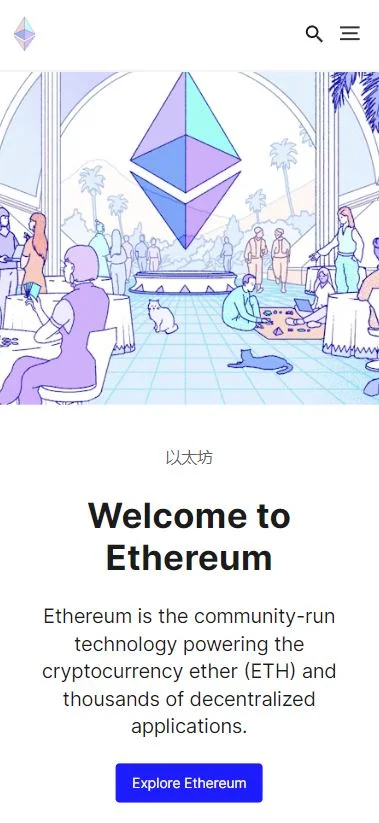
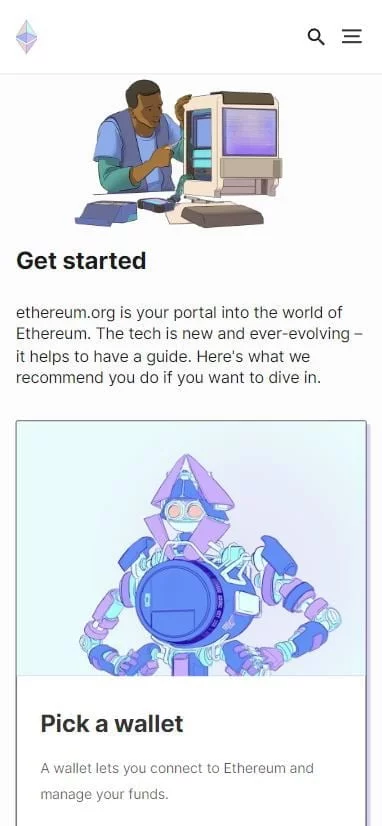
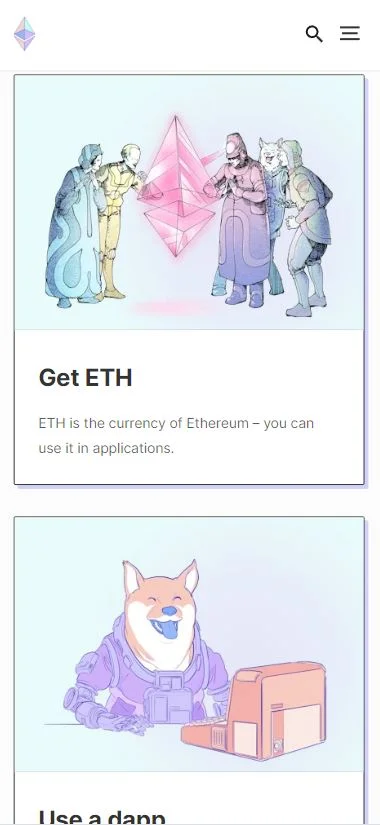
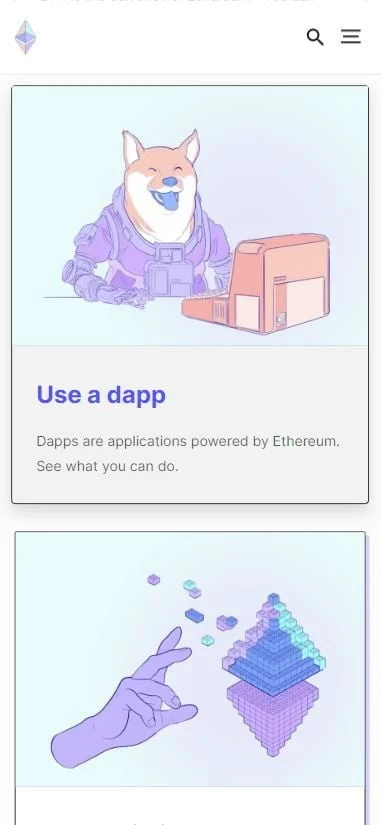
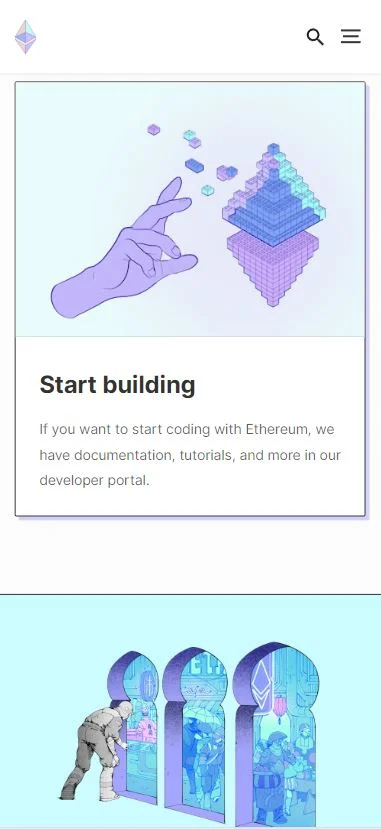
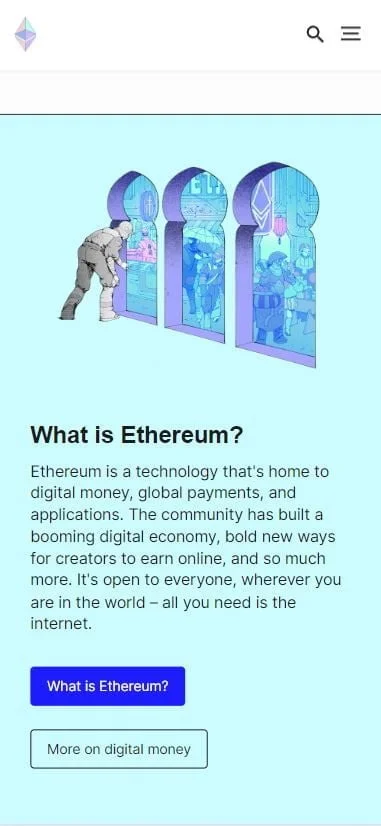
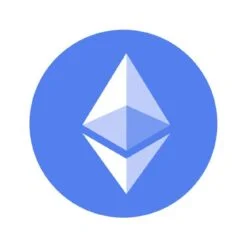














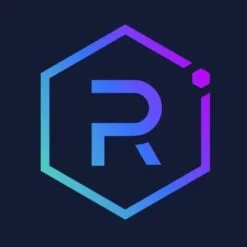


alamaad073 –
👍
Harran –
good
ML Encyclo –
This is Dream coin
Benkzad Benkzad –
GOOOD !!